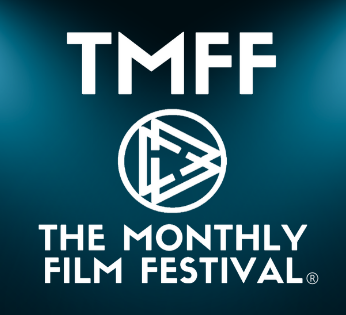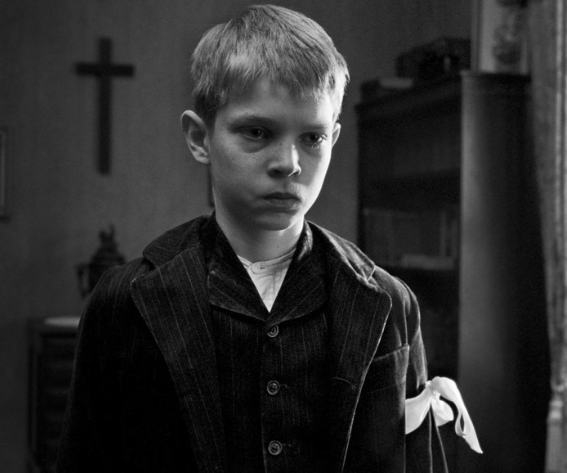It’s been quite a long break from this series, but I am happy to keep exploring the unique characteristics of various film cultures from across the world. And I decided to continue with a European powerhouse. German cinema has long been recognised for its artistic and innovative contributions to the film industry. From its early roots in the silent era to contemporary films and series, German cinema has consistently pushed the boundaries of storytelling and visual expression.
Expressionism and Visual Style
One of the most influential movements in German cinema was Expressionism, which emerged in the 1920s. This style is characterised by exaggerated sets, stark lighting, and distorted visuals that reflect the characters’ inner emotions. The goal was to convey mood and atmosphere rather than realism.
Key Example: The Cabinet of Dr. Caligari (1920)
The Cabinet of Dr. Caligari is a classic example of German Expressionism. Its twisted, nightmarish visuals and psychological themes set the tone for future films, influencing the horror and noir genres.
While Expressionism as a movement faded, its influence is still evident in modern German films. Directors like Tom Tykwer in Run Lola Run (1998) use dynamic and visually striking techniques to create a sense of urgency and chaos. The film’s rapid pace and use of vibrant colours echo Expressionism’s focus on emotion over realism.
Historical and Political Themes
German cinema often tackles significant historical and political themes, reflecting the country’s complex past. This focus allows filmmakers to explore the impact of events such as World War II and the fall of the Berlin Wall on German society.
Key Example: Downfall (2004)
Downfall provides an intense portrayal of Adolf Hitler’s final days in his Berlin bunker. Directed by Oliver Hirschbiegel, the film delves into the psychological state of those within the bunker, offering a stark and humanising look at a notorious period in history. Its focus on realism and attention to detail provide a powerful depiction of the collapse of Nazi Germany.
Key Example: Goodbye Lenin! (2003)
Goodbye Lenin! is a tragicomedy that explores the effects of German reunification on ordinary citizens. Directed by Wolfgang Becker, the film tells the story of a young man whose mother falls into a coma before the Berlin Wall falls and wakes up in a reunified Germany. It highlights the societal changes and personal struggles during this transitional period, blending humour with poignant social commentary.
Psychological Depth and Character Focus
German cinema is known for its psychological depth and character-driven narratives, often delving into the complexities of human nature and moral dilemmas.
Key Example: Das Boot (1981)
Directed by Wolfgang Petersen, Das Boot is a gripping portrayal of life aboard a German U-boat during World War II. The film focuses on the psychological strain experienced by the crew as they endure the relentless pressures of war. It provides a tense, claustrophobic atmosphere that allows viewers to empathise with the characters’ struggles and fears.
Key Example: Dark (2017–2020)
The series Dark is a sci-fi thriller that explores time travel, family secrets, and existential questions. Created by Baran bo Odar and Jantje Friese, the show weaves a complex narrative that examines the interconnectedness of past, present, and future. Its intricate plot and focus on character development have earned it international acclaim, showcasing German storytelling’s depth and ambition.
Exploration of Identity and Society
Many German films and series explore themes of identity, societal change, and the human condition, often reflecting the nation’s ongoing quest for self-understanding and cultural introspection.
Key Example: The White Ribbon (2009)
Directed by Michael Haneke, The White Ribbon is a haunting examination of a rural German village on the brink of World War I. The film explores themes of authority, repression, and the roots of violence, suggesting that the seeds of future conflict are sown in the societal and familial structures of the past. Its stark black-and-white cinematography enhances the film’s austere and unsettling atmosphere.
Key Example: All Quiet on the Western Front (2022)
The latest adaptation of All Quiet on the Western Front brings Erich Maria Remarque’s classic anti-war novel to a new generation. Directed by Edward Berger, the film provides a harrowing depiction of World War I from the perspective of young German soldiers. It explores themes of disillusionment, the futility of war, and the loss of innocence, capturing the profound impact of conflict on individual and collective identity.
Innovation and Experimentation
German filmmakers are often willing to experiment with narrative structure, genre, and technology, leading to innovative and groundbreaking works.
Key Example: Run Lola Run (1998)
Run Lola Run is renowned for its inventive narrative structure, which presents three alternate versions of a single event. The film combines elements of action, romance, and thriller, using an energetic soundtrack and kinetic editing to create a fast-paced and engaging experience. Director Tom Tykwer’s willingness to push the boundaries of traditional storytelling highlights the innovative spirit of German cinema.
Key Example: 1899 (2022)
From the creators of Dark, the series 1899 blends mystery, history, and science fiction. It follows a group of immigrants travelling to America who encounter a mysterious ship on the open sea. The show’s multilingual cast and intricate plot reflect the global and interconnected nature of modern storytelling, demonstrating German cinema’s ability to engage with international audiences and complex narratives.
German cinema continues to captivate audiences with its distinctive blend of artistry, historical insight, and psychological depth. From its early roots in Expressionism to contemporary works that challenge and inspire, German films and series offer a rich and diverse cinematic experience that resonates with viewers worldwide. Whether exploring historical events, delving into the complexities of the human psyche, or pushing the boundaries of narrative, German cinema remains a vital and influential force in the world of film.









Leave a reply